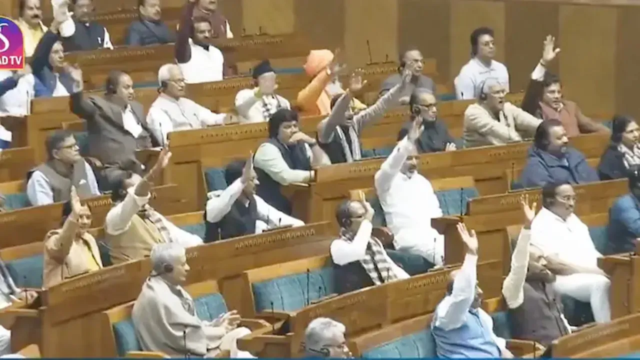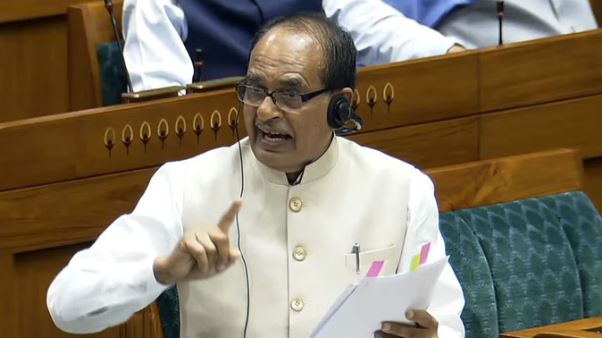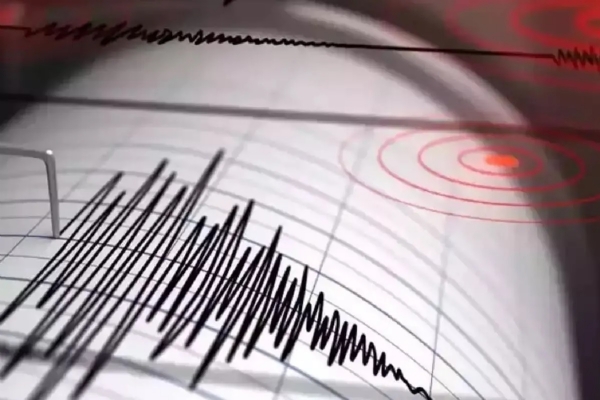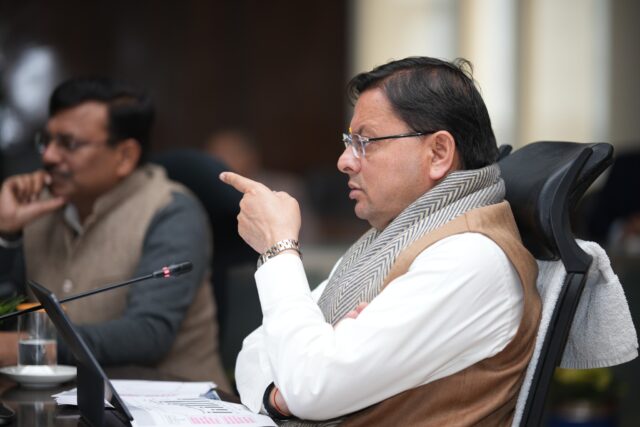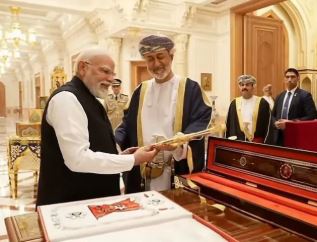It would not be right to sit calmly about the situation in India’s balance of payments.
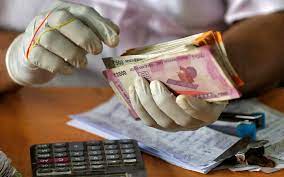
Efforts to gradually normalize global production after the Corona pandemic have been hit hard by rising food and energy inflation. The head of the International Monetary Fund (IMF) has termed food and energy inflation as a clear and tangible threat to the world economy.
A full assessment of the damage caused by the Ukraine conflict is yet to be made. The truth is that most economies, including India, are hoping for a resolution of the conflict to soften energy and food prices.
Governments tend to postpone passing on the entire burden of increased fuel prices to consumers. It is like keeping a pressure cooker on full flame for a long time. The smaller economies of South Asia and Latin America are already on the verge of a foreign exchange crisis, as most of them are net importers of energy and food.
Fortunately, India’s foreign exchange reserves are substantial, but for the last four consecutive weeks, it is gradually declining. In the week ended April 9, the Reserve Bank of India’s currency reserves decreased by US $ 11 billion and it fell to $ 606 billion.
It had dropped by $35 billion in five months before the real effects of the Ukraine war became apparent. India’s overseas sector may seem stable for the time being, but it should not be assumed that it will remain untouched by crises.
Firstly, many economists are forecasting a negative balance of payments in the current financial year. India’s current account deficit has been around 1-1.5 per cent (roughly US$40 billion) in recent years, more than enough to be compensated by foreign capital inflows.
Strong foreign direct investment and positive foreign institutional investors’ portfolio investment in the stock market contributed to this. India’s foreign exchange reserves kept increasing. But in this financial year the equation has changed.
Foreign investors are looking for safe haven in US Treasury bonds. The situation has become more serious with the US Federal Reserve and other central banks of OECD countries gradually withdrawing their easy capital policy.
Recall, this easy capital at almost zero interest rates was largely attributed to India’s tech (tech) and green energy sector in 2020-21, which was adding to the forex reserves in a big way. These beautiful days are over.
Going by the current trends, there will be a sharp decline in capital inflows in 2022-23 and the trade deficit will almost double. India’s imports are growing faster than exports due to high energy and commodity prices, leading to a widening trade deficit.
It touched a peak of US$ 18.5 billion in March. It is expected to reach US$ 210 billion annually.
The current account deficit could reach an unprecedented peak of $120 billion, or 3.5-4 per cent of GDP, if the estimates include about $90 billion of remittances by Indians living abroad every year. India will need capital investment of this scale for the balance of payments to survive.
In a situation where most of the major central banks are withdrawing easy capital, is it possible to do so in the next ten months? Most economists estimate that the balance of payments will remain negative.
For example, if India needs $120 billion to cover its current account deficit, but receives only $50 billion as net capital investment, the remaining $70 billion is to be paid. There will be no other option but to take money from the treasury of RBI.
It seems certain that in the next 11 months, India’s foreign exchange reserves will come down further. The problem is that creating such a negative environment can accelerate capital outflow.
For example, even after meeting the balance of payments deficit, the RBI may have sufficient foreign exchange reserves, but despite this the currency may weaken and may have to scramble forex reserves to support it.
In these circumstances, confidence can crumble and other risk factors can become dangerous. For example, India’s short-term external debt on residual maturity basis (which includes long-term debt payable in the next 12 months and short-term debt liabilities due in less than one year) of India’s foreign debt at the end of June, 2021 It was 41.8 per cent of the currency reserves. That is, by June 2022, the short-term loan of $ 250 billion is to be repaid.
There is a possibility that some of the short term loans due by June 2022, if it is not possible to extend them, will be paid from the foreign exchange reserves. Normally many such loans are carried forward, but after the Ukraine crisis, the situation cannot be called normal at all.
The IMF has said that the global economy may face “complex policy dilemmas”, which can create a complex web of policies.
A clear dilemma is that even if the foreign front comes under pressure and there is a need to reduce essential imports, there is a limit to doing so, as it is necessary to take care of the poor and vulnerable population. We are seeing this in Sri Lanka, Peru, Nepal, Pakistan, Afghanistan etc.
No country, especially those in the middle-income group, is completely safe from it. India’s fundamentals look good, but it is important to keep an eye on the balance of payments position, which has a tendency to slide back every 10-12 years.

